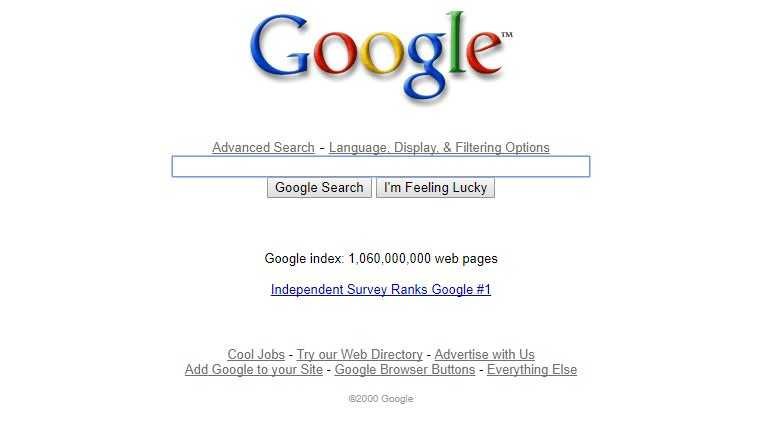Google turned 19 and below you will see the most popular engine searchs in the world, through the images that exist in Wayback Machine for Google.com from birth to today.
The company was founded in 1998 and although Aerosmith's "I Do not Wanna Miss Miss A Thing" was at the top of Billboard chatrs, there was not much to see:
It's the original Google.com screenshot on web.archive.org:
The first real version with σελίδα of Google.com later came a new era of text search and soon a silly business name became a verb. Google it.
Google the 1999

The year was 2000 the search engine was no longer beta.

Things do not change much for a few years until the Google passed her "adolescence". See her font and the punk-rock coloring in the 2003 image.
The image above has a strange symbol next to the colorful text "Google." "TM" added.
Things do not change much, for Google.com, for the next 7 years. Nowhere, 2010, throws the bomb:
The "radical" redesign destroyed the preconceived notions that "change cannot be subtle."
The beauty of Google.com over the years seems to be simplicity. The page always had an abridged line that grew over time.
Evidence;

As you noticed the Keep it simple stupid logic that adopts Arch Linux, it is also a joy to apply from the largest search engine that exists today.
KISS fits in perfectly with Content is the King and Google undoubtedly has it. So the company does not seem to need impressive UIs that attract the visitor's interest.
The Brand Name is perfectly recognizable, even the home page uses a simple Verdana font on its logo.





